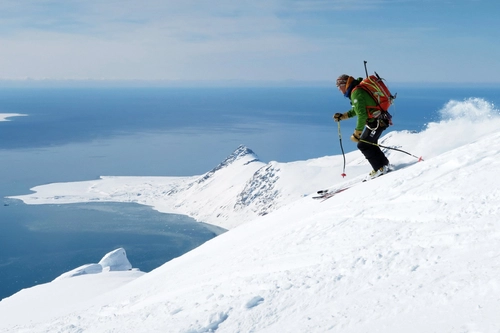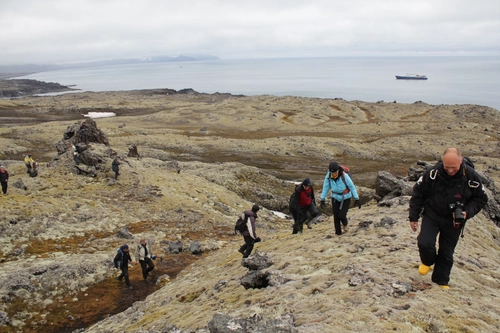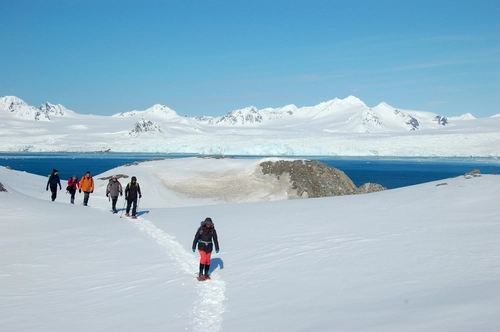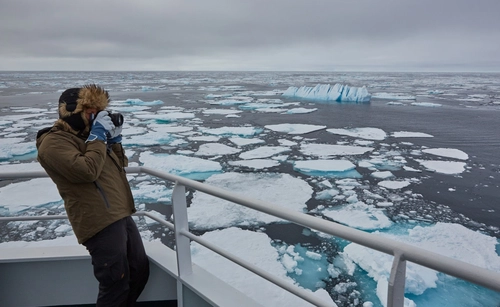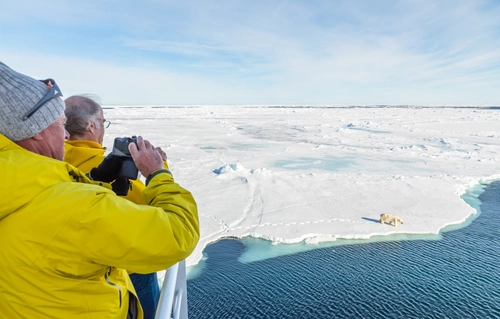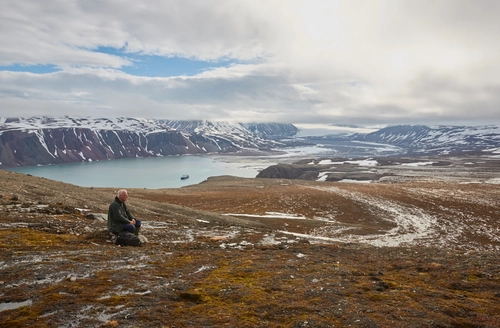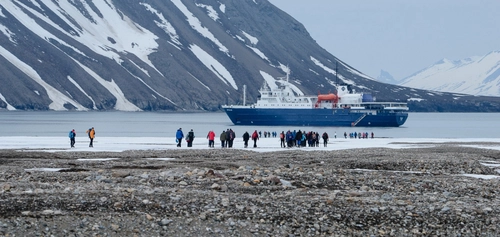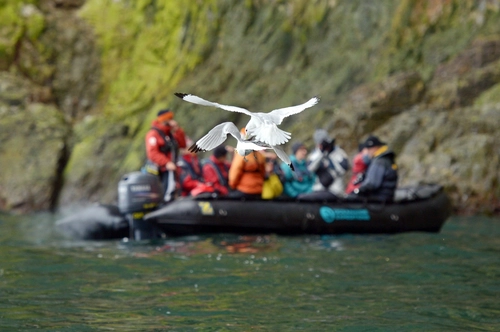"Spitsbergen" is a name that carries a sense of adventure and discovery. It’s a Dutch term, with "spits" meaning "pointed" and "bergen" meaning "mountains." The name was coined in 1596 by Dutch Arctic explorer Willem Barentsz, and it took some time for it to catch on. English whalers referred to the archipelago as Greenland until the late 1780s. Today, the Norwegian name for the archipelago is Svalbard.
Spitsbergen, the largest and only permanently populated island of the Svalbard archipelago in northern Norway, is a place where rugged beauty and wild nature reign supreme. Touched by three seas—the Norwegian Sea, the Greenland Sea, and the Arctic Ocean—Spitsbergen offers a unique blend of landscapes and experiences. It’s the kind of place where you can feel the raw power of nature in every gust of wind and every towering mountain peak.
The island's rugged mountains and rolling tundra provide ample opportunities for hiking and snowshoeing. Whether you're a seasoned adventurer or just looking for a new way to connect with nature, Spitsbergen has something for everyone. The island is by far the largest wilderness area in Europe and boasts some of the finest scenery and wildlife experiences in the world.
One of the highlights of visiting Spitsbergen is the incredible wildlife. The island is home to a variety of Arctic species, including polar bears, reindeer, Arctic foxes, and a plethora of seabirds. Imagine hiking through the tundra and spotting a polar bear in the distance or watching a flock of seabirds dive into the icy waters. These encounters with wildlife are not just thrilling; they’re a reminder of the beauty and resilience of nature.
The surrounding seas are equally rich in marine life. Whales, seals, and walruses are common sights in the waters around Spitsbergen. For those interested in marine biology or simply wanting to experience the majesty of these creatures up close, Spitsbergen offers unparalleled opportunities for wildlife watching. Boat tours and guided excursions provide safe and respectful ways to observe these animals in their natural habitat.
Spitsbergen's history is as captivating as its landscapes. The island has been a hub of exploration and scientific research for centuries. From the early Dutch explorers like Willem Barentsz to the whalers of the 18th century and the modern-day scientists studying climate change, Spitsbergen has long been at the frontier of Arctic exploration. Visiting the island allows you to walk in the footsteps of these explorers and gain a deeper understanding of the challenges and triumphs they faced.
One of the unique aspects of Spitsbergen is its status as a wilderness area. With strict regulations in place to protect the environment, the island remains largely untouched by human development. This makes it an ideal destination for those seeking an authentic wilderness experience. The vast, open landscapes, the silence broken only by the wind and the calls of wildlife, and the sheer scale of the natural features all contribute to a profound sense of solitude and connection with the natural world.
Adventures in Spitsbergen are not limited to the land. The surrounding seas offer opportunities for kayaking, sailing, and even diving for the more adventurous. The icy waters and towering icebergs create a surreal and stunning backdrop for these activities. Whether you’re paddling through a fjord, navigating around ice floes, or diving beneath the surface to explore underwater ecosystems, the maritime adventures in Spitsbergen are truly unforgettable.
The climate in Spitsbergen is another aspect that adds to its unique charm. While the winters are long and harsh, with temperatures often dropping well below freezing, the summer months bring milder weather and nearly 24 hours of daylight. This Midnight Sun phenomenon creates a magical atmosphere, with the sun lingering on the horizon and casting a golden light over the landscape. It's the perfect time to explore and make the most of every moment in this extraordinary place.
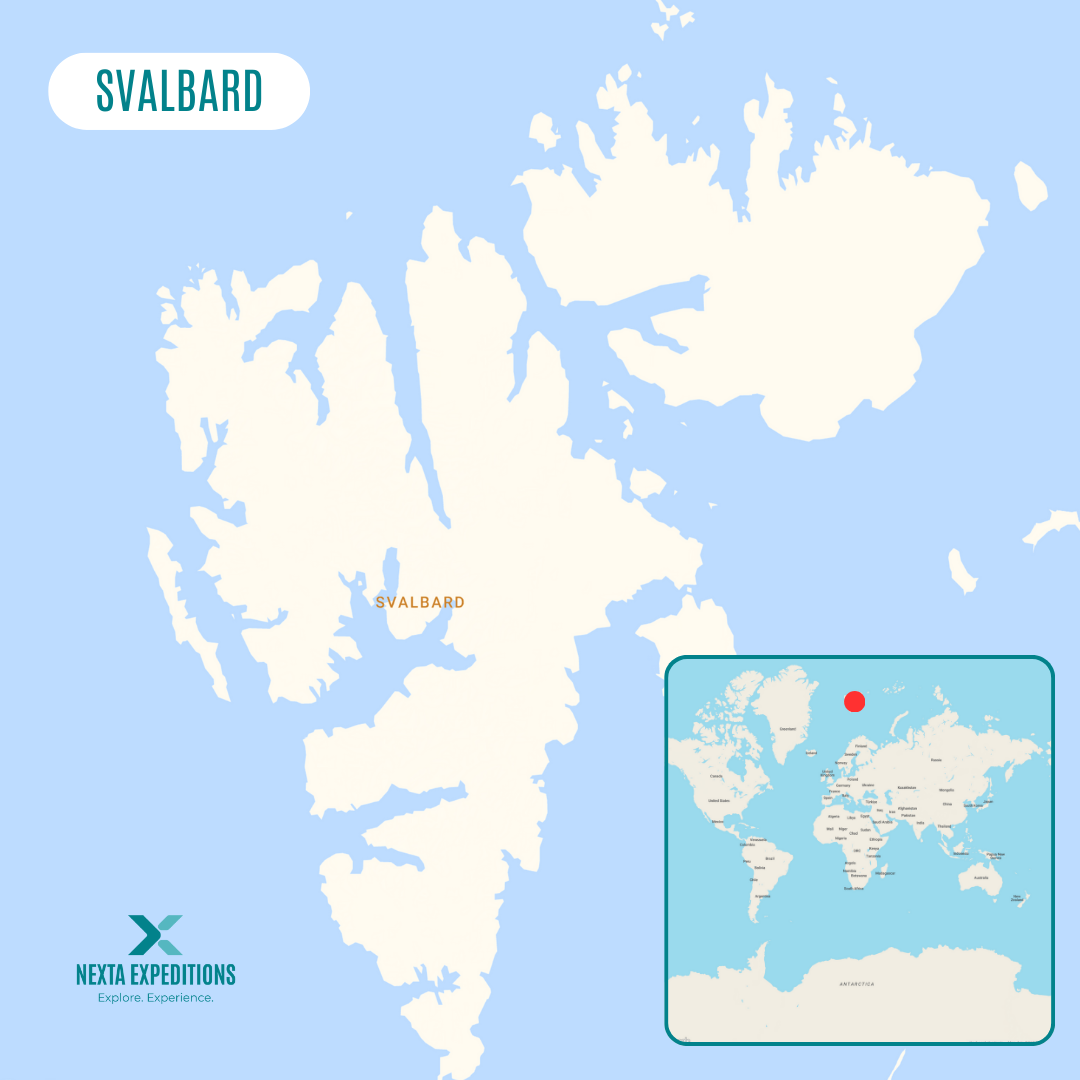

The Enchanting Islands of Svalbard

Svalbard a Disneyland for geologists
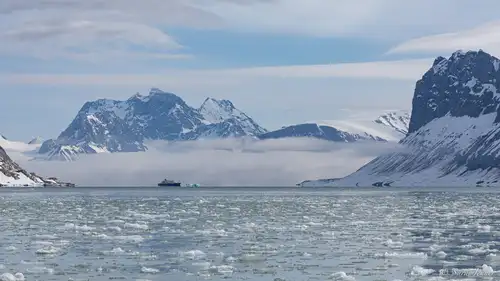
Svalbard vs. the Canadian Arctic

Polar bear encounter in Spitsbergen
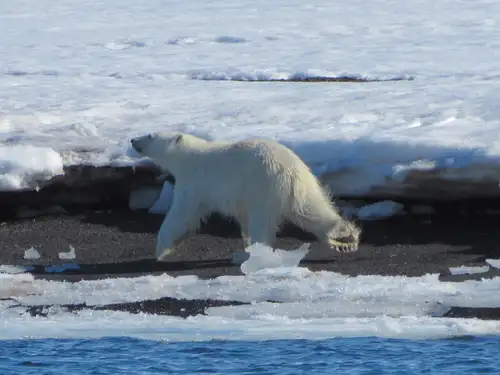
Polar bear feast

Around Spitsbergen vs. North Spitsbergen
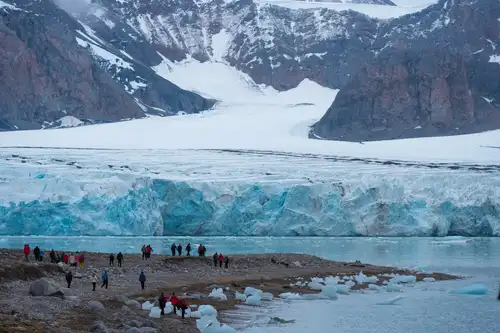
16 Conversation-Starting Svalbard Facts

Seizing the Season: Spitsbergen’s Late Spring, Early Summer

Eight Engaging Reindeer Facts
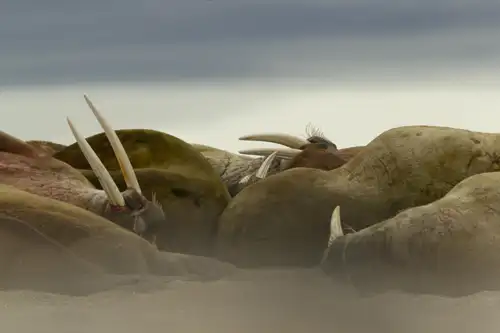
15 Toothy Facts About the Atlantic Walrus
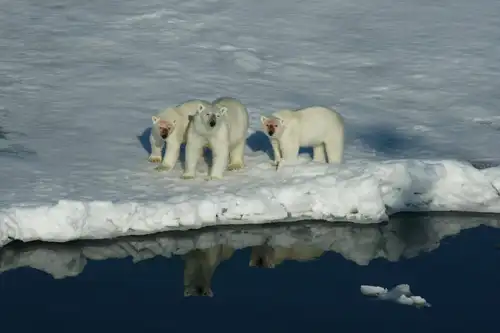
Polar Bear Primer: Eight Facts About the Arctic Wanderer
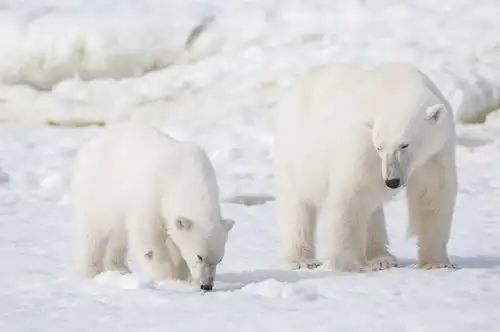
The polar bear: king of the Arctic food chain
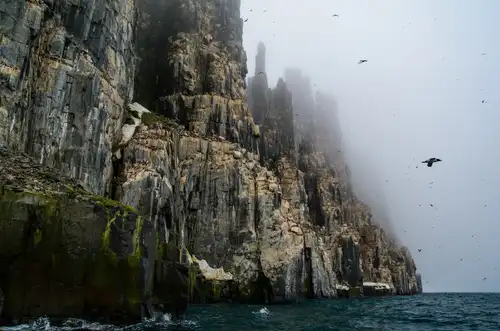
Spitsbergen: Alkefjellet magic
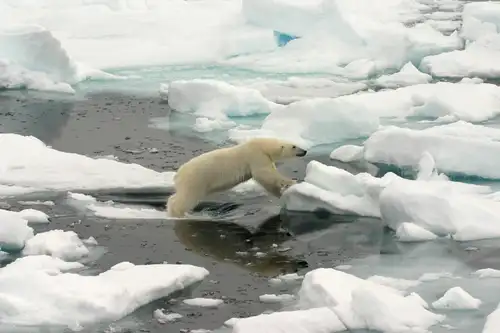
Spitsbergen: a true polar bear trip

Six Must-See Svalbard Sites
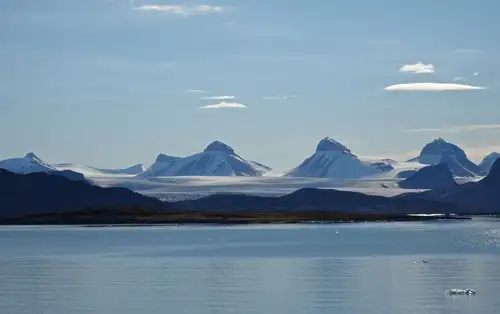
The Arctic Borderland of Kongsfjorden, Svalbard

The Pack Ice and Polar Bears of North Spitsbergen

Inside the Svalbard Global Seed Vault

Svalbard’s Texas Bar




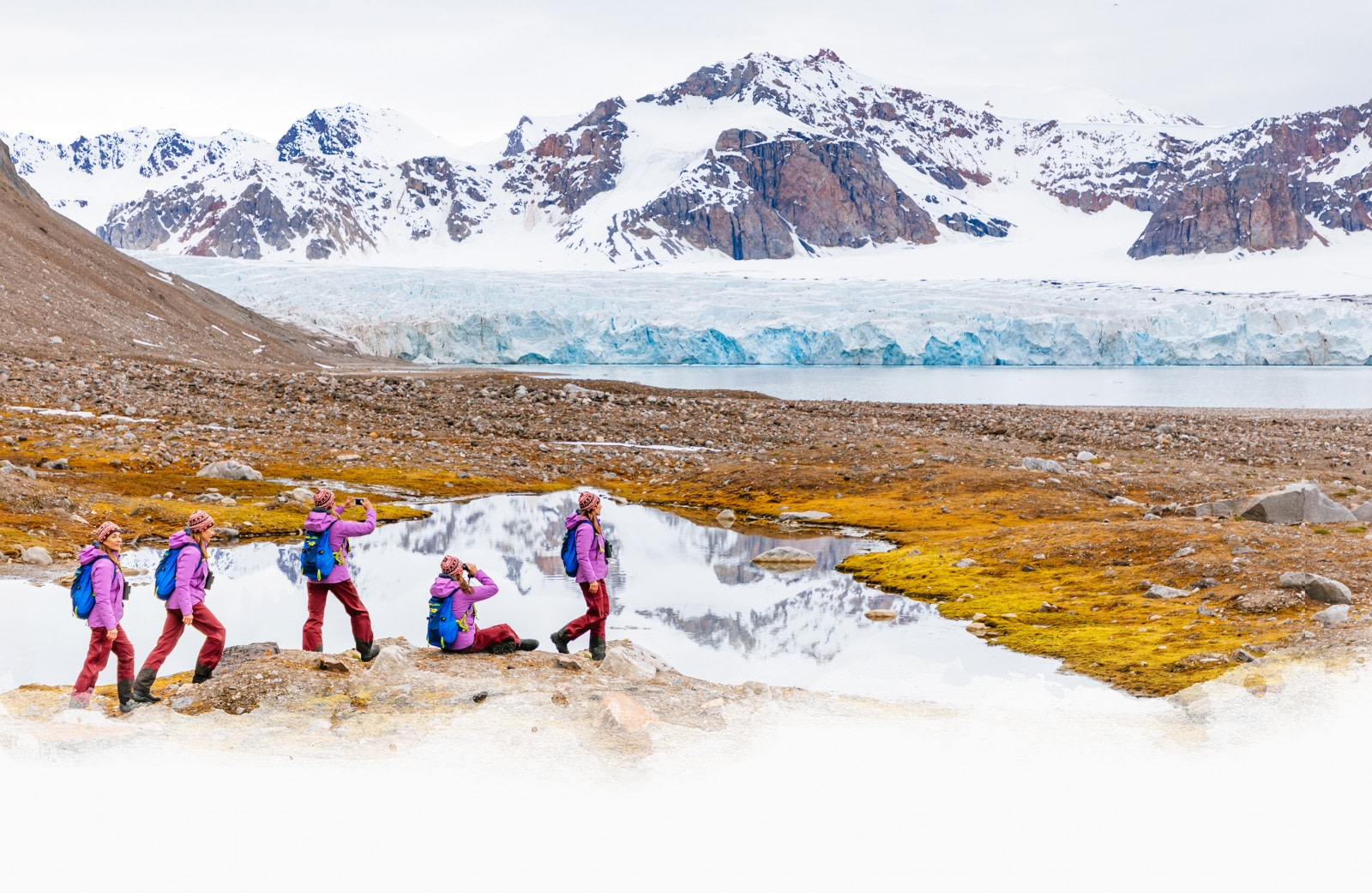



 8 Days / 7 Nights
8 Days / 7 Nights
